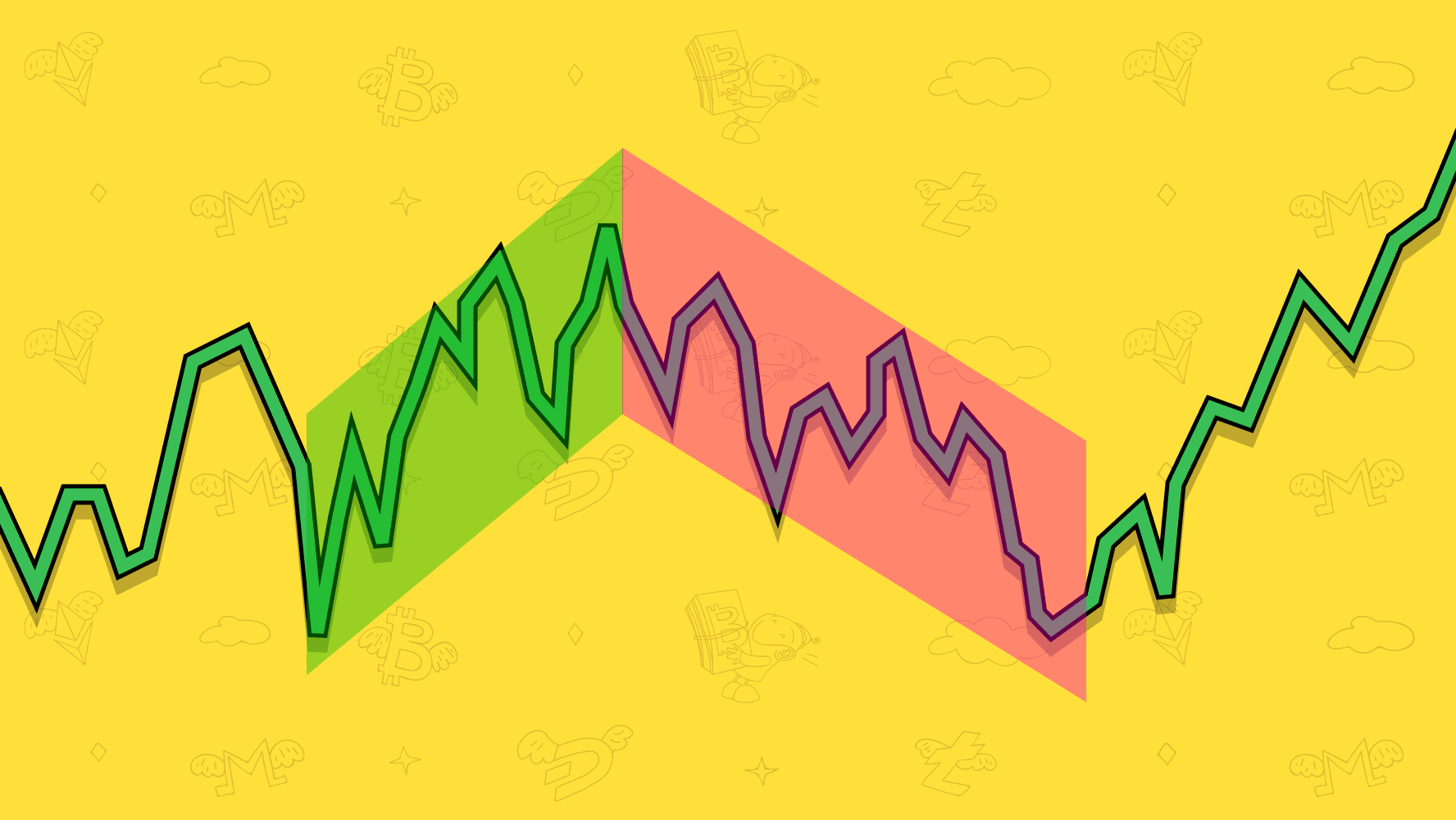You probably know that in traditional markets, there are several indicators to measure volatility levels. But how about the cryptomarket situation? Are there any comparables? And how can you put those to use in your trading?
Since well-established assets such as stocks are much older than cryptocurrencies, no wonder the traditional market has come up with several ways to measure volatility levels quite some time ago.
Those include Average True Range, Bollinger Bands and CBOE Volatility Index. The good news is that we can very well apply the legacy collected by the old dragon traditional stock market to the situation unfolding around the crypto dragonling. Or, can we?
Average True Range (ATR)
Volatility indicators in crypto trading
Image Courtesy – TradingView. ATR indicator for BTCUSD Feb, 2019 – Apr, 2020
ATR, or average true range, is a technical analysis indicator that was introduced in the 70s by market technician J. Welles Wilder Jr.
In terms of volatility, this indicator is pretty much straightforward as it grows with the increasing levels of fluctuations. A higher level of volatility has a higher ATR level, as shown on the chart above.
This indicator is good to use in conjunction with other indicators that add up to your strategy. For example, if you’re a day trader, you might want to use the whole range of momentum, volume, trend and volatility indicators: RSI, MFI, SMA and ATR, respectively.
However, ATR doesn’t confirm a starting rally for a new trend or tells you with any certainty that the direction of a cryptocurrency price will change; it only signals volatility peaks.
Bollinger Bands
BollingerBands 300x187 - Volatility indicators
Image Courtesy – TradingView. Bollinger Bands indicator for BTCUSD Apr. 10, 2020
The next volatility indicator is not solely a volatility indicator; it can also be used to detect trends and sometimes overbought or oversold conditions of the market. But we’ll look at it as a volatility indicator here.
Bollinger Bands consists of a middle band that represents an exponential moving average and two outer bands: an upper band and a lower band. These outer bands are a set of lines plotted two standard deviations (negatively or positively) away from an average asset’s price.
Thus, by observing the bands’ range, we can define volatility levels over a certain time-frame.
Read here about how this indicator works with TradeSanta bots.
Other volatility metrics
Bitcoin Historical Volatility Index (BVOL)
If you remember the beginning of the article, you’re probably looking forward to the part dedicated to CBOE Volatility Index. And what about other metrics from traditional trading, such as beta coefficients, option pricing models and standard deviations of returns?
Since the crypto market is really young, not all of these metrics can be applied here, and the specifics of the assets do not always allow for traders to use the same tools.
The CBOE Volatility Index, also known as Volatility Index or VIX, was developed by Chicago Board Options Exchange. It’s calculated using the midpoint of real-time S&P 500® Index (SPX) option bid/ask quotes, and, thus, can’t be used with crypto.
Instead, you can try the Bitcoin Historical Volatility Index (BVOL).
Bitcoin historical volatility index – TradingView
Image Courtesy – TradingView. BVOL Apr. 10, 2020
Beta coefficient
In addition to volatility indicators, there are other metrics to measure fluctuation levels in the market.
With the help of a so-called beta coefficient, we basically compare our asset’s volatility against the whole market’s volatility, or against any other benchmark’s volatility – it depends on the approach.
There are specific formulas to calculate beta. In essence, if the resulting value is higher than 1, it means that the asset is not only volatile but also highly correlated with the market. On the other hand, a value lower than 1 might indicate that an asset has a lower volatility than the benchmark.
Just to give you an example: Bitcoin’s volatility could be measured against gold or stock markets. In crypto, in order to calculate Litecoin’s volatility, you can use Bitcoin as a benchmark.
To sum up
The traditional trading market has devised several ways to measure volatility, but we can’t always apply these metrics to crypto markets. So, which ones are applicable?
First, averaging the True Range (ATR) is a volatility indicator that grows with increasing levels of market fluctuations. A higher level of volatility has a higher ATR level, and vice versa.
Second, with Bollinger Bands, we can define volatility levels by simply observing how often the price tags fall into the lower and upper band over a certain period of time,
And last but not least, there are also other metrics measuring volatility levels, such as Bitcoin historical volatility index (BOVL) and the beta coefficient.
